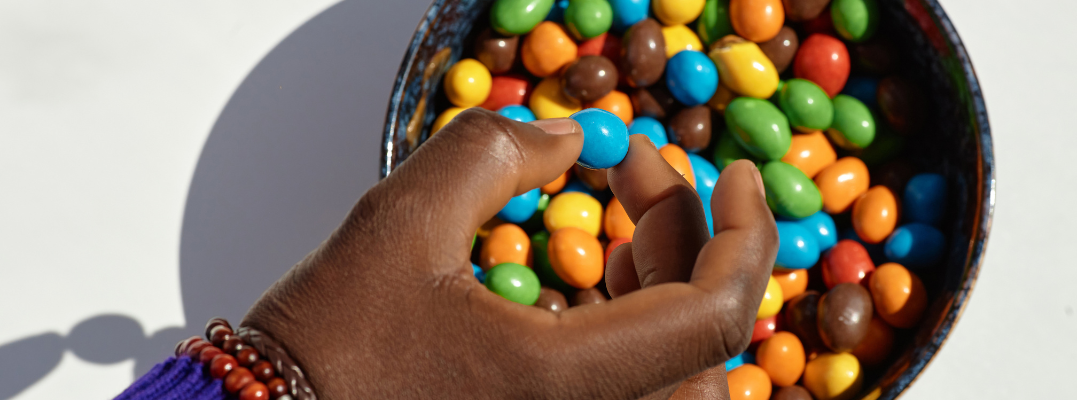Have you ever wondered how to make your business stand out in a crowded market? One effective technique is brand personification, which turns your brand into a character with human traits. This strategy makes your brand more relatable and deepens customer engagement.
But how can you ensure your brand’s personification strikes the right chord with your audience? The answer lies in thorough market research.
Understanding Brand Personification
Brand personification is a creative strategy where brands are given human characteristics. This might include a backstory, personality traits, emotions, and even a human-like physical manifestation in advertising. The ultimate result of effective brand personification is the development or enhancement of a brand’s personality.
Benefits of Brand Personification
1. Emotional Engagement: A personified brand can evoke emotions and build relationships, making consumers feel like they are interacting with a friend rather than a corporation.
2. Differentiation in the Market: A unique brand persona can help your brand be more memorable in a crowded marketplace.
3. Enhanced Communication: Personification can make brand messaging more engaging and understandable, breaking complex ideas into relatable content.
4. Long-Term Engagement and Loyalty: Over time, a well-executed brand personification can lead to stronger customer loyalty and a more distinct brand identity. Customers start to see your brand as not just a provider of products or services but as a character they know and trust.
Personification Example: M&M’s
M&M’s has mastered the art of personification, transforming these chocolate candies into lovable characters that have captured the hearts of audiences worldwide. Since the early 90s, the brand has brought its iconic M&M’s to life through entertaining commercials featuring CGI avatars voiced by renowned actors, making them arguably the world’s most recognizable and enduring candy characters.
Over the years, they’ve expanded their colorful cast from the iconic Red and Yellow M&M to include Green, Blue, Orange, and Brown, each with its unique voice actor, creating a vibrant ensemble that keeps audiences engaged and entertained. These characters, each with distinct personalities, have become more than just candy mascots—they’re beloved icons that make the brand fun and approachable.
The Role of Market Researchers in Brand Personification
Market researchers play a pivotal role in brand personification. Their work involves a meticulous process of gathering and analyzing customer data, which forms the foundation for building a persona that genuinely resonates with the target audience. This process involves understanding what the audience likes and delving into their deeper needs, aspirations, and behavioral drivers.
Using Focus Groups for Brand Personality Assessment
Market researchers often use focus groups to gauge perceptions and craft a brand’s personality by exploring how potential customers relate to and personify the brand. This method involves bringing together a group of participants from the target demographic to engage in a structured discussion about the brand. The goal is to uncover deep insights into what participants think about the brand’s personality, values, and the role it plays in their lives.
The process begins with selecting participants who represent the brand’s target audience. This ensures that the insights gathered are relevant and can be generalized to a more significant customer base. Researchers then use creative, open-ended questions to stimulate discussion and encourage participants to think about the brand in anthropomorphic terms.
Example Questions in Focus Groups
Questions like, “If this brand was at a party, what type of music would be playing?” serve multiple purposes:
Personification: Suppose a participant imagines the brand playing jazz music at a party. In that case, they perceive the brand as sophisticated, smooth, and appealing to a more mature demographic.
Emotional and Cultural Connection: For example, a brand associated with vibrant dance music might be seen as youthful, energetic, and fun.
Other similar questions could include:
“If this brand were a person, what would be its favorite book or movie?”
This question could help researchers understand the intellectual or emotional level at which the brand resonates with its audience.
“What kind of car would this brand be?”
This could indicate perceptions of status, reliability, and aesthetics attributed to the brand.
Impact on Marketing and Brand Strategy
Researchers look for patterns and common themes that emerge during the discussions. These patterns can reveal a consensus among the focus group about the brand’s personality traits, which can then be used to shape marketing strategies and communication.
Marketers can use the insights gained from focus groups to create effective marketing strategies, such as crafting messages consistent with how their customers perceive the brand and making it relatable. The insights gathered can also influence product features, designs, and even new product lines that align with the personality traits valued by the brand’s customers.
Gain a New Perspective Through Personification
Personification can dramatically improve how customers see and interact with your brand. This strategy creates a sense of connection, making customers feel like they’re engaging with a friend.
At New Perspectives, we understand the nuances of brand personification and its pivotal role in connecting with your audience. Our team of expert market researchers is skilled in deploying strategies, such as focus groups and ethnographic research, to help you craft a brand persona that resonates with your audience while embodying your core values.



